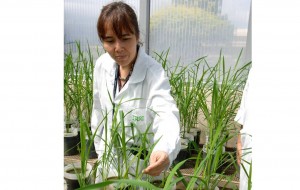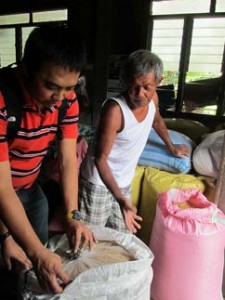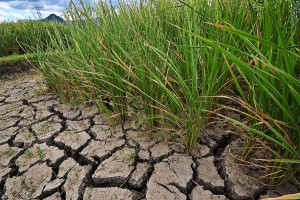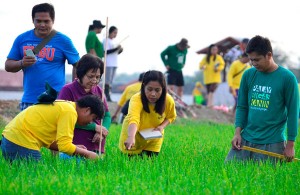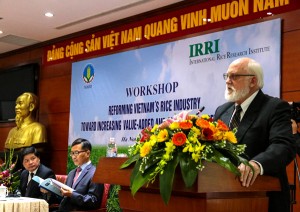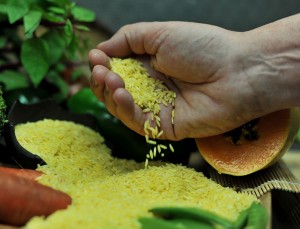Myanmar is mapping out its way to vastly boost its rice production through a carefully planned strategy that engages donor agencies and builds rice science capacity.
Economic development across Southeast Asia, including in Vietnam, has been lifted by rice sector development, thanks to higher production and exports. In Myanmar, the government wants to produce sufficient rice for its burgeoning population that is expected to reach 100 million by 2030.
”Myanmar’s rice sector has a huge potential to grow and help alleviate poverty and reinvigorate the country’s economy,” said Dr. Robert Zeigler, director general of the International Rice Research Institute (IRRI).
To tap into this potential, Myanmar’s Ministry of Agriculture and Irrigation (MoAI), with the support of IRRI, is holding a conference and workshop on 9–10 September 2013 to develop the Myanmar Rice Sector Development Strategy and Program. Key officials of the Myanmar government and senior representatives from IRRI and donor organizations will come together at the meeting in Nay Pyi Taw to recommend actions for building the country’s rice sector and identify rice research and development to support it.
At the opening ceremony H.E. U Myint Hlaing, union minister of the MoAI, said that to make the most of Myanmar’s large and diverse areas to produce rice, the country needs rice varieties that can tolerate salinity, floods, drought, and low temperatures.
“I really appreciate the active contribution of IRRI scientists for their diligent efforts here in Myanmar,” said H.E. U Myint Hlaing. “IRRI has been collaborating with our Myanmar scientists to disseminate varieties of rice adapted to different regions of Myanmar, in addition to the expansion of joint research and development of hybrid rice seed to increase productivity 2-3 times.”
“I would like to express my gratitude for the activities led by successive director generals of IRRI, in cooperation with generations of Myanmar agricultural scientists, who have been trained at IRRI in the areas of research and development in the rice sector since 1977,” he added.
The MoAI wants to increase the use of quality seeds, expand the use of modern agricultural techniques, promote efficient use of agricultural inputs, reduce postharvest losses, establish access to local and international markets, and increase the capabilities of its rice scientists through training.
Also during the meeting, the Myanmar government, represented by H.E. U Myint Hlaing, and IRRI, represented by Dr. Zeigler, signed a new memorandum of understanding to extend collaboration between the two parties to help implement the Myanmar Rice Sector Development Strategy and Program.

“Since the mid-70s, IRRI has been a steadfast partner in the development of Myanmar’s rice sector, and I am happy to see Myanmar and IRRI’s partnership become stronger with this new agreement. We look forward to many more decades of collaboration,” adds Dr. Zeigler.
IRRI has been working with Myanmar since 1976. Since then, 77 high-yielding rice varieties have been released as a result of rice breeding collaboration, including many that are currently grown by farmers for the domestic market and some that are grown for export.
IRRI continues to expand its research and development operations in Myanmar with the recent launching of three new projects that aim to improve the productivity of rice and rice-based farming households in the country’s lower and upper deltas and in the central dry zone.
Also represented at the meeting are the Myanmar Department of Rice Research, Myanmar Rice Federation, Yezin Agriculture University, Livelihood and Food Security Trust Fund (LIFT),Australian Center for International Agricultural Research (ACIAR), Japan International Cooperation Agency (JICA), and the United States Agency for International Development (USAID).


